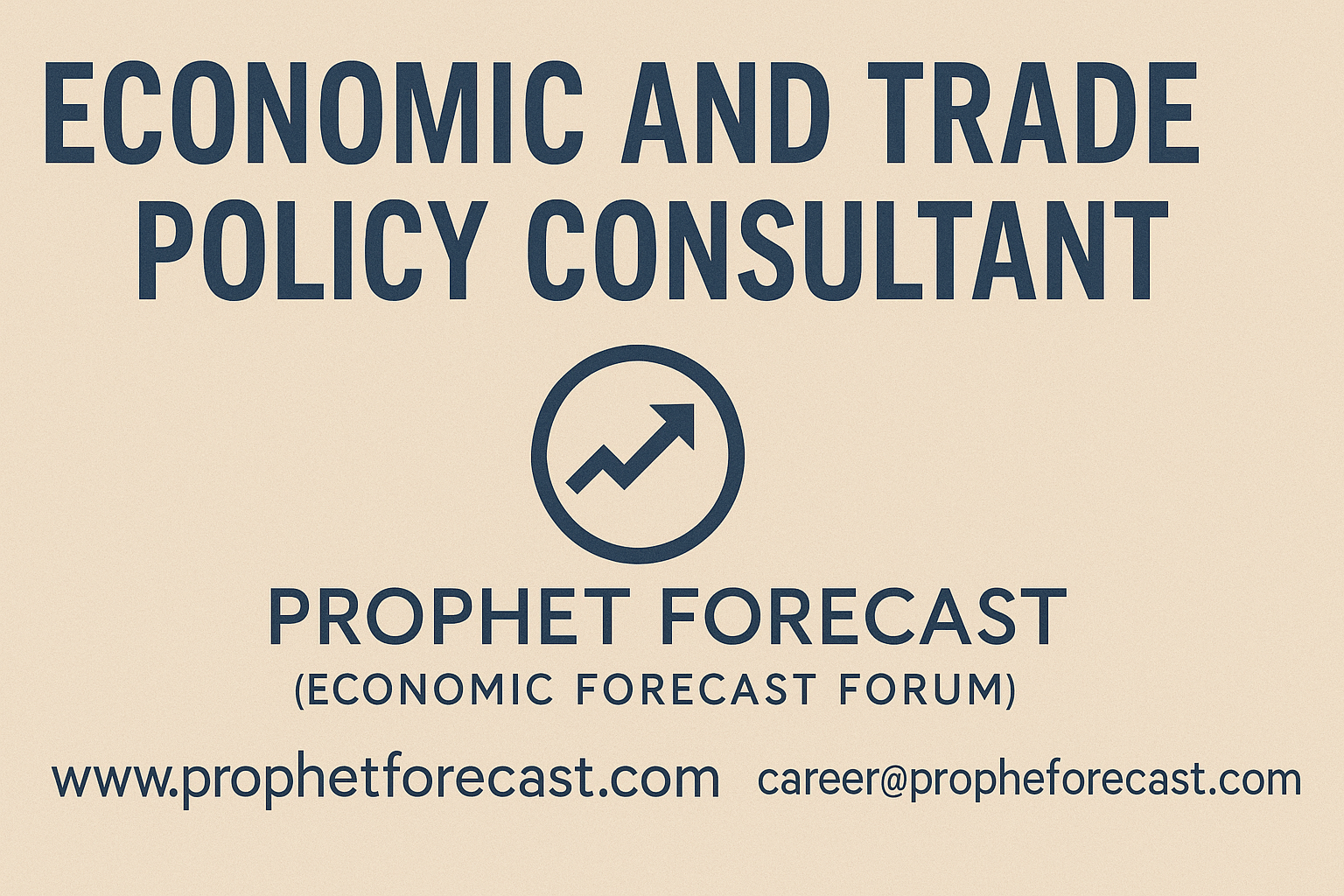The short-term outlook for the U.S. economy worsened significantly in April, according to the Conference Board’s latest Leading Economic Index (LEI).
On Monday, the D.C.-based research said that the index—a closely monitored composite of several economic indicators—had fallen by 1.0 percent to 99.4 in April, registering the fifth consecutive monthly decline and the steepest drop since March 2023. Over the six months ending in April 2025, the LEI fell by two percent, matching the pace of decline posted over the previous six months.
Why It Matters
The sharp decline in the LEI is one of the several warning signals that have emerged from the U.S. economy in recent months against the backdrop of trade policy uncertainty and a related weakening in consumer sentiment.
Despite the U.S. and China agreeing to a temporary climbdown on tariffs, set to extend into mid-August, separate consumer surveys suggest that economic anxieties persist. Economists have expressed concerns that the trade dispute may have already done damage to both economies, while cautioning over the strong possibility of a re-escalation.
Seven out of the ten economic components of the LEI declined in April, most significantly consumers’ expectations for business conditions. As Justyna Zabinska-La Monica, Senior Manager for Business Cycle Indicators at the Conference Board noted: “Consumers’ expectations have become continuously more pessimistic each month since January 2025.”
According to the University of Michigan’s latest Consumer Sentiment Index, consumer sentiment dropped for the fifth consecutive month in May to 50.8, the second-lowest reading on record.
Sentiment has dropped by nearly 30 percent since January, with Republicans contributing significantly to the decline seen this month. Meanwhile, year-ahead inflation expectations rose from 6.5 percent in April to 7.3 percent in May, while long-run inflation expectations were pushed up to 4.6 percent, “reflecting a particularly large monthly jump among Republicans.”
Many of those surveyed mentioned the impact of tariffs in their responses, though the University of Michigan notes that most were gathered prior to last week’s joint announcement of a temporary reduction in tariffs by the U.S. and China. The reaction to this pause assessed so far, it added, “echoes the very minor increase in sentiment seen after the April 9 partial pause on tariffs, despite which sentiment continued its downward trend.”
“The U.S. LEI registered its largest monthly decline since March 2023, when many feared the US was headed into recession, which did not ultimately materialize.
“Most components of the index deteriorated. Notably, consumers’ expectations have become continuously more pessimistic each month since January 2025, while the contribution of building permits and average working hours in manufacturing turned negative in April. Widespread weaknesses were also present when looking at six-month trends among the LEI’s components, resulting in a warning signal for growth.”
Federal Reserve Chair Jerome Powell, during a press conference on May 7, said: “Despite heightened uncertainty, the economy is still in a solid position. The unemployment rate remains low, and the labor market is at or near maximum employment. Inflation has come down a great deal but has been running somewhat above our two-percent longer-run objective.”
Powell continued: “The new Administration is in the process of implementing substantial policy changes in four distinct areas: trade, immigration, fiscal policy, and regulation. The tariff increases announced so far have been significantly larger than anticipated. All of these policies are still evolving, however, and their effects on the economy remain highly uncertain.”
Political economist Veronique de Rugy told Newsweek that despite the 90-day pause in U.S.-China tariffs, “the economic disruptions caused by the trade war have had tangible impacts, and the temporary nature of the agreement means that uncertainties persist.”
Sean Metcalfe, associate director at Oxford Economics, said: “The effective tariff rate is still noticeably higher than that seen prior to President Donald Trump‘s inauguration. Over the span of several weeks, the US effective tariff rate skyrocketed to its highest since the late 1890s before settling slightly lower at a rate comparable with the 1930s. The bottom line is the US economy is still going to take a hit from the tariffs that remain in place.”

